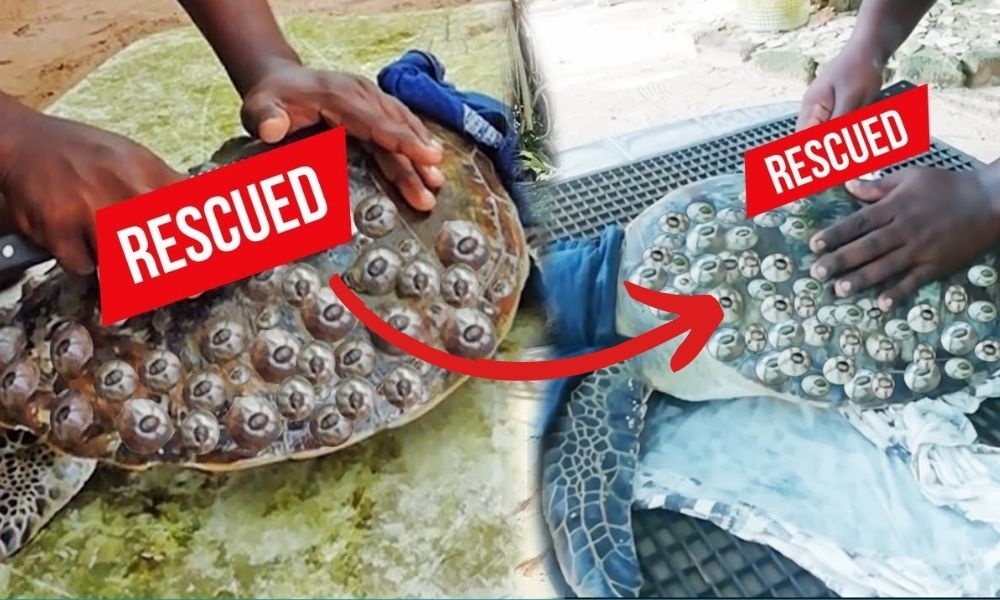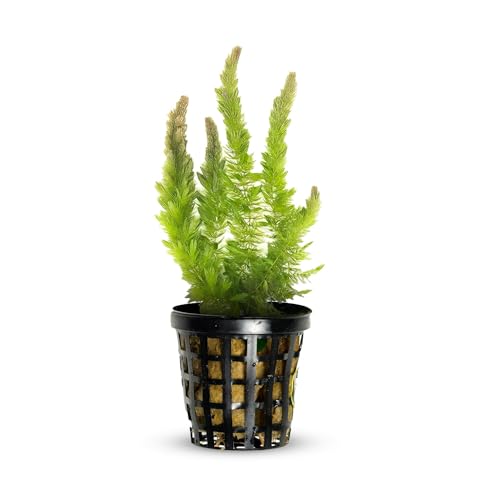To set up your turtle tank, ensure a spacious aquarium with clean water, a basking area, and proper filtration. Maintain a suitable temperature and provide UVB lighting.
Turtles need an environment that mimics their natural habitat. Start with a sturdy tank that allows ample swimming space. Install a powerful filtration system to keep the water clean and free from harmful bacteria. Provide a basking area where your turtle can dry off and absorb heat.
UVB lighting is essential for their shell and bone health. Include hiding spots and a varied diet to keep your turtle healthy and happy. Regularly monitor water quality and temperature to ensure a thriving environment for your pet turtle.
Choosing The Right Tank
Turtles need space to swim and explore. A small tank can make them unhappy. For a baby turtle, a 20-gallon tank is good. As they grow, they need more space. A full-grown turtle may need a 100-gallon tank or larger. Bigger tanks help turtles stay healthy and active.
Glass tanks are heavy and sturdy. They do not scratch easily. Acrylic tanks are lighter and clearer. But they can scratch more easily. Both types can work well. Choose the one that fits your needs best.
Essential Equipment For Turtle Tanks
A good filtration system keeps the tank clean. Turtles make a lot of waste. Use a filter that can handle three times the tank’s size. This helps keep the water clean and fresh.
Turtles need warmth to stay healthy. Use a water heater to keep the water at the right temperature. Most turtles need water around 75-85 degrees Fahrenheit. A basking lamp helps turtles warm up when they are out of the water.
Turtles need UVB light to stay healthy. UVB light helps them make vitamin D3. This helps their shells and bones stay strong. Place the UVB light above the tank. Change the bulb every six months.
Creating A Turtle-friendly Habitat
Choose a safe substrate for your turtle tank. Gravel can be harmful. Sand or smooth river rocks are better. Avoid sharp or small pieces. These can hurt your turtle.
Turtles need both land and water. Create a basking area with a heat lamp. This helps them stay warm. Make sure the land area is dry. The water area should be deep enough for swimming. Keep the water clean and fresh. A filter helps with this.
Add plants and decorations to the tank. Live plants can help with water quality. Fake plants are also okay. Choose non-toxic plants. Avoid sharp decorations. Hiding spots make turtles feel safe. Use smooth rocks or caves for this.
Water Quality And Maintenance
Ensure your turtle tank has clean, dechlorinated water to maintain optimal health. Regular water changes and filtration are crucial. Monitoring water quality helps prevent diseases and promotes a healthy environment for your turtle.
Ph Levels And Hardness
Turtles need clean water. The water pH level should be between 6 and 8.5. Use a pH test kit to check the levels. Hardness of the water is also important. Hard water helps turtles grow strong shells. Use a hardness test kit to check it.
Regular Cleaning Routine
Clean the tank every week. Remove any leftover food and waste. Use a filter to keep the water clean. Filters help remove dirt and bacteria. Change the water partly every week. This keeps the water fresh. Always use dechlorinated water for changes.
Feeding Your Turtle
Setting up a turtle tank requires a clean, spacious aquarium with a basking area and UVB lighting. Provide a balanced diet with leafy greens, insects, and commercial turtle pellets. Regularly clean the tank to maintain a healthy environment.
Diet Types
A turtle’s diet is very important. Turtles need balanced diets to stay healthy. Leafy greens like kale and spinach are great. Protein sources like insects and small fish are also needed. Some turtles enjoy fruits like apples and strawberries. Always make sure the food is fresh and clean.
Feeding Schedule And Quantities
Young turtles need to eat every day. Adult turtles can eat every other day. Always give them food in small amounts. Overfeeding can make turtles sick. Make sure to remove any uneaten food after feeding. This helps keep the tank clean.
Safety And Health Monitoring
Keep the tank free of sharp objects. Use a smooth substrate to avoid injuries. Ensure all decorations are securely placed. This helps prevent tipping and possible harm. Avoid small objects that turtles might swallow. Check the water temperature regularly. It should be neither too hot nor too cold. Use a reliable water heater with a guard. Keep electrical cords out of reach. Always clean the tank using safe products.
Watch for changes in your turtle’s behavior. A turtle that is less active might be sick. Cloudy eyes can indicate an infection. Loss of appetite is a common sign of illness. Softening of the shell needs immediate attention. Swollen eyes or limbs should be checked by a vet. Frequent sneezing might be a sign of respiratory issues. Discolored shell patches indicate possible infections. Always monitor your turtle closely for any unusual signs.
Tank Mates For Turtles
Creating a balanced turtle tank involves selecting compatible tank mates. Fish like guppies and tetras coexist well with turtles. Ensure ample space and hiding spots to reduce stress.
Compatible Species
Turtles can live with some fish. Good fish choices include guppies and tetras. Some snails can also be good tank mates. Apple snails are a good choice. These species are small and peaceful. They don’t bother turtles. Always choose non-aggressive species. This keeps the tank peaceful.
Isolation Vs. Community
Some turtles like to be alone. Red-eared sliders are one example. They can be aggressive. Other turtles enjoy company. Painted turtles can live with others. Always watch your turtles. Make sure they don’t fight. If they do, separate them. Safety is important for happy turtles.
Troubleshooting Common Issues
Algae can grow fast in turtle tanks. Too much light can cause this. Reduce light exposure to control algae. Clean the tank often to remove algae. Use an algae scraper for best results.
A good filter keeps the water clean. Clean the filter once a month. Replace filter media as needed. Check for clogs if the filter stops working. A clogged filter can harm your turtle.
Turtles need a stable temperature. Use a heater to keep the water warm. Check the temperature daily. Use a thermometer for accuracy. Move the tank away from windows and vents.
Conclusion
Setting up a turtle tank can be simple and rewarding. Ensure proper filtration, heating, and lighting. Provide a basking area and suitable substrate. Regular maintenance keeps your turtle healthy. With these steps, you’ll create a perfect habitat. Enjoy watching your turtle thrive in its new home.




Leave a Reply